
About:
- Cyclones are known as typhoons in the China Sea and Pacific Ocean; hurricanes in the Caribbean Sea and Atlantic Ocean; tornados in the Guinea lands of West Africa and southern USA; willy-willies in north-western Australia and tropical cyclones in the Indian Ocean.
- Cyclones are caused by atmospheric disturbances around a low-pressure area distinguished by swift and often destructive air circulation.
- Cyclones are usually accompanied by violent storms and bad weather.
- The air circulates inward in an anticlockwise direction in the Northern hemisphere and clockwise in the Southern hemisphere.
Types:
- Cyclones are classified as:
- (i) extra tropical cyclones; and
- (ii) tropical cyclones.
- According to the World Meteorological Organisation (WMO), ‘Tropical Cyclone’ covers weather systems in which winds exceed ‘Gale Force’ (minimum of 34 knots or 63 kph).
- Extra tropical cyclones (also called temperate cyclones) occur in temperate zones and high latitude regions, though they are known to originate in the Polar Regions.

About:
- SpIN is India’s first dedicated platform for innovation, curation, and venture development for the burgeoning space entrepreneurial ecosystem.
- The tie-up is a one-of-a-kind public-private collaboration for start-ups and SMEs in the space industry.
- SpIN will primarily focus on facilitating space tech entrepreneurs in three distinct innovation categories:
- Geospatial Technologies and Downstream Applications;
- Enabling Technologies for Space & Mobility;
- Aerospace Materials, Sensors, and Avionics.
Social Alpha
- Social Alpha is a multistage innovation curation and venture development platform for science and technology start-ups that address the most critical social, economic, and environmental challenges through the power of entrepreneurship and market-creating innovations.
- Since its inception in 2016, Social Alpha has supported more 200 start-ups including 60+ seed investments.
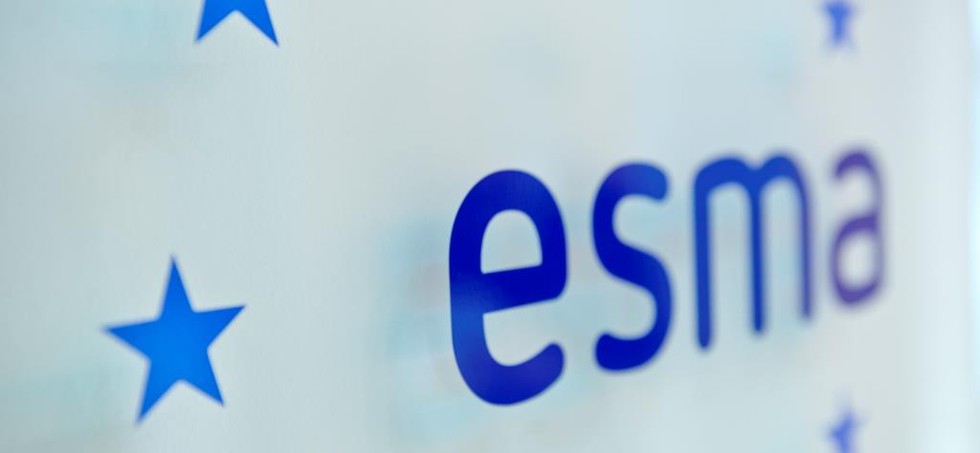
About:
- Once the derecognition comes into effect, the six clearing houses will not be able to provide services to clearing members and trading venues established in the European Union.
- The six institutions in ESMA’s list are The Clearing Corporation of India (CCIL), Indian Clearing Corporation (ICCL), Multi Commodity Exchange Clearing (MCXCCL), NSE Clearing (NSCCL), India International Clearing Corporation (IFSC) (IICC) and NSE IFSC Clearing Corporation (NICCL).
- Amongst the six institutions, CCIL is supervised by the RBI; ICCL, MCXCCL, and NSCCL are supervised by SEBI; IICC and NICCL are supervised by the International Financial Services Centre Authority (IFSCA).
- Reason for derecognition: Essentially, the European regulators want to scrutinize the clearing parties or the European banks in India. But the Indian financial regulators such as the Reserve Bank of India (RBI) and the Securities and Exchange Board of India (SEBI) believe that this is a jurisdictional overreach.
What is ESMA?
- It is an independent European Union (EU) Authority that contributes to safeguarding the stability of the EU's financial system by enhancing the protection of investors and promoting stable and orderly financial markets.
- Whilst ESMA is an independent Authority, it is accountable to the European Institutions including the European Parliament, where it appears before the Economic and Monetary Affairs Committee (ECON) at their request for formal hearings, the Council of the European Union and European Commission.
- ESMA achieves its mission and objectives through four activities:
- Assessing risks to investors, markets and financial stability;
- Completing a single rulebook for EU financial markets;
- Promoting supervisory convergence; and
- Directly supervising specific financial entities.
- ESMA is the direct supervisor of specific financial entities:
- Credit Rating Agencies (CRAs)
- Securitisation repositories (SRs)
- Trade Repositories (TRs)
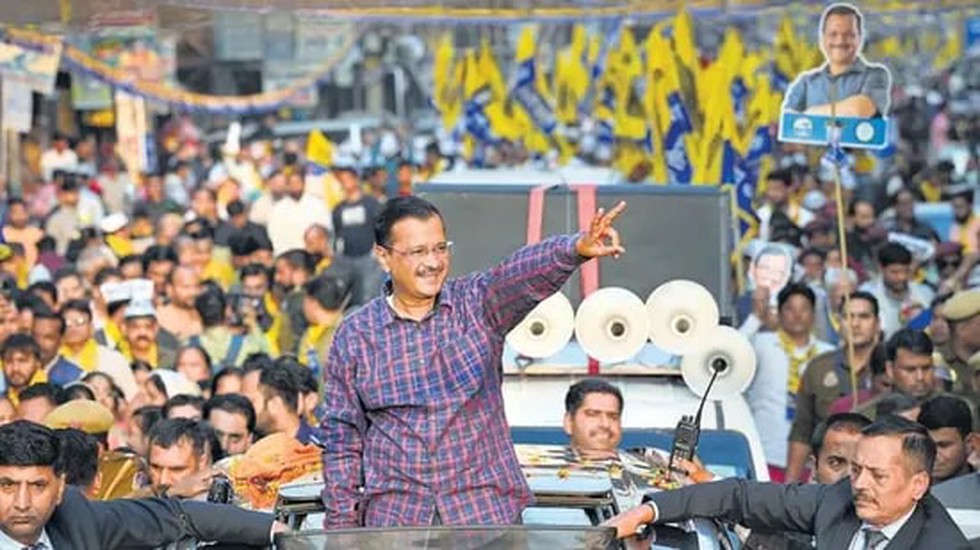
About:
- The name suggests that a national party would be one that has a presence ‘nationally’, as opposed to a regional party whose presence is restricted to only a particular state or region.
- National parties are usually India’s bigger parties, such as the Congress and BJP.
- However, some smaller parties, like the communist parties, are also recognised as national parties.
- A certain stature is sometimes associated with being a national party, but this does not necessarily translate into having a lot of national political clout.
Criteria:
- The ECI has laid down the technical criterion for a party to be recognised as a national party.
- A party may gain or lose national party status from time to time, depending on the fulfilment of these laid-down conditions.
- As per the ECI’s Political Parties and Election Symbols, 2019 handbook, a political party would be considered a national party if:
- it is ‘recognised’ in four or more states; or
- if its candidates polled at least 6% of total valid votes in any four or more states in the last Lok Sabha or Assembly elections and has at least four MPs in the last Lok Sabha polls; or
- if it has won at least 2% of the total seats in the Lok Sabha from not less than three states.
- To be recognised as a state party, a party needs:
- at least 6% vote-share in the last Assembly election and have at least 2 MLAs; or
have 6% vote-share in the last Lok Sabha elections from that state and at least one MP from that state; or - at least 3% of the total number of seats or three seats, whichever is more, in the last Assembly elections; or
- at least one MP for every 25 members or any fraction allotted to the state in the Lok Sabha; or
- have at least 8% of the total valid votes in the last Assembly election or Lok Sabha election from the state.
- at least 6% vote-share in the last Assembly election and have at least 2 MLAs; or
What are the other national parties?
- As of now, the ECI has recognised eight parties as national parties — the BJP, Congress, Trinamool Congress, CPI(M), CPI, Nationalist Congress Party (NCP), Bahujan Samaj Party (BSP), and Conrad Sangma’s National People’s Party (NPP), which was recognised in 2019.
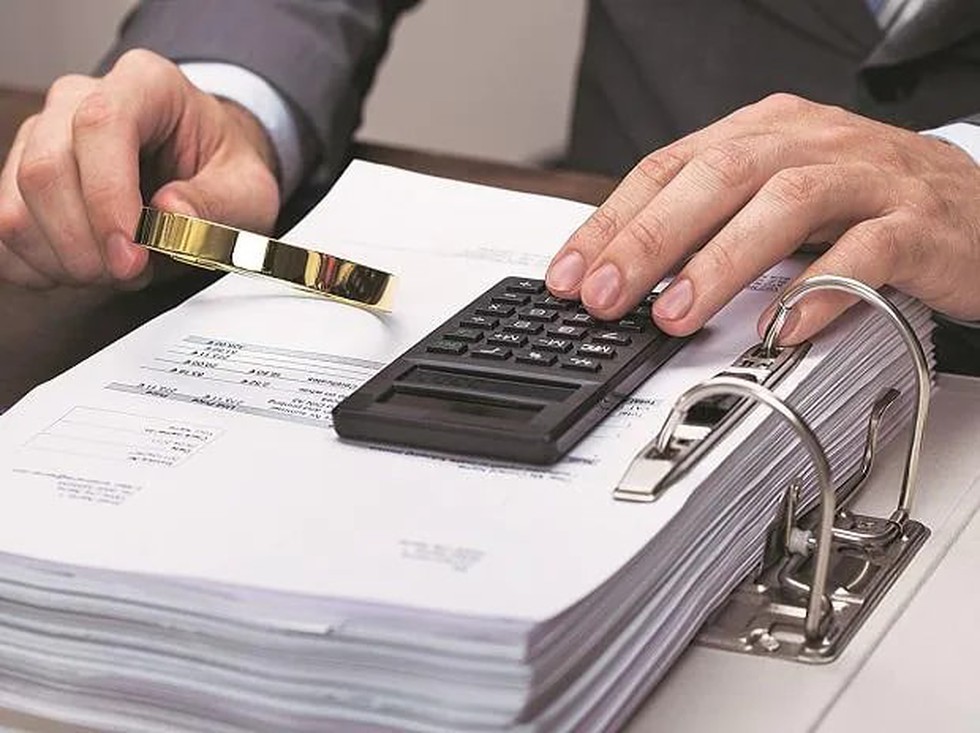
About:
- An election security deposit is an amount that is to be deposited with the Returning Officer when a candidate files their nomination.
- This is to be submitted either in cash, or a receipt must be enclosed with the nomination paper, showing that the said sum has been deposited on the candidate’s behalf in the Reserve Bank of India or in a Government Treasury.
- The main purpose of this practice is to ensure that only genuinely intending candidates end up filing the nomination to be a part of the electoral process.
- The amount depends on the particular election being conducted, and the Representation of the People Act of 1951 mentions different amounts depending on the level of election:
- in the case of an election from a Parliamentary constituency, meaning a Lok Sabha and Rajya Sabha seat, the amount is Rs 25,000 and Rs 12,500 for a Scheduled Caste (SC) or Scheduled Tribe (ST) candidate.
- in the case of an election from an Assembly or Council constituency, meaning at the level of legislative bodies in the states, it is Rs 10,000 and Rs 5,000 for an SC/ST candidate.
- even in the case of Presidential and Vice-Presidential elections, a deposit of Rs 15,000 is to be made.
When is a candidate said to ‘lose’ their security deposit?
- As per the same Act, the deposit has to be forfeited at an election if the number of valid votes polled by the candidate is less than 1/6th of the total number of valid votes polled.
- Or, in the case of the election of more than one member, it would be 1/6th of the total number of valid votes so polled divided by the number of members to be elected.
- This refers to elections by proportional representation method, as is the case in Rajya Sabha.
- If the candidate does meet the threshold, “the deposit shall be returned as soon as practicable after the result of the election is declared”.
- If a candidate withdraws their nomination or passes away before the polls, the amount is returned.
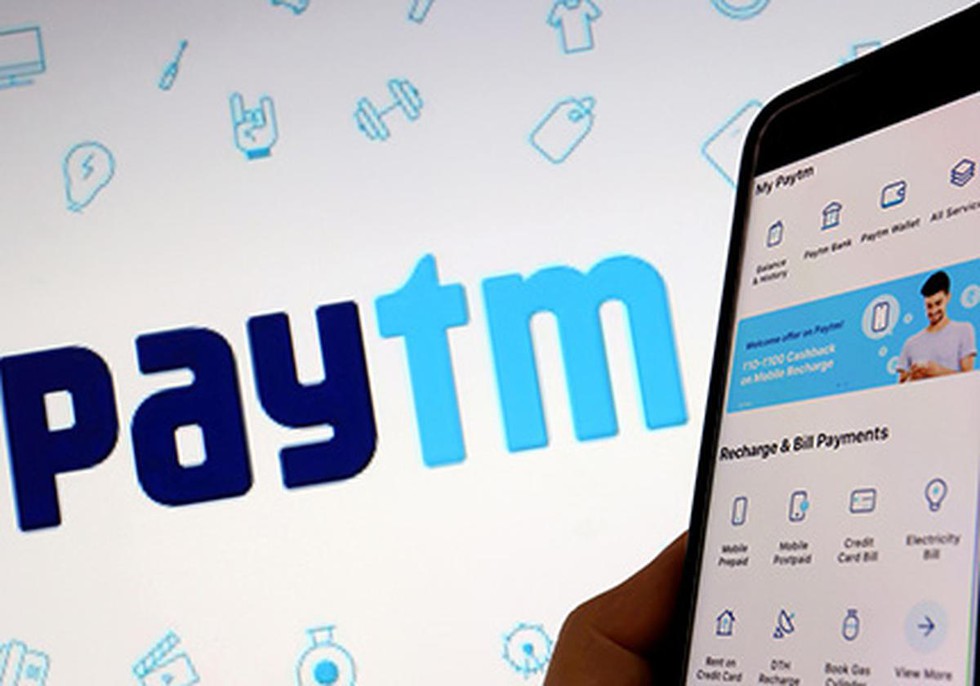
About:
- When a listed company buys its own shares from the existing shareholders, it’s known as a share buyback, which is also called a share repurchase.
- The process reduces the number of outstanding shares in the open market over a period of time.
- A company can buy back its shares from shareholders on a proportionate basis through a tender offer, or from the open market via book-building process, stock exchanges, or from odd-lot holders.
- The maximum limit of any buy-back is 25 per cent or less of the aggregate of paid-up capital and free reserves of a company.
What are the reasons for share buyback?
- One of the reasons for a company to go for the buyback of shares is when it feels that its stock is undervalued or has fallen too much.
- By buying outstanding shares, a company reduces the number of shares in the market and this can increase the value of the remaining shares.
- Share buyback also helps in increasing the promoter shareholding, which can act as a safeguard against any threat of hostile corporate takeover.
- There were instances when promoters also participated in the buyback and surrendered their shares.
What is the benefit for shareholders?
- Through buyback, a company can reward its shareholders in a tax-effective manner.
- The dividend that a company pays is taxed at the company level and also at the shareholder level.
- In the case of share buyback, the company pays the tax and shareholders are exempted from paying tax on the income generated in the process.
- If the company offers a higher price than the market price, shareholders, who are not keen to stay invested in the company, can surrender their shares and exit.
- While a company can go for repurchase of its shares when it is sitting on a lot of cash but does not have many avenues to invest and prefers to return cash to shareholders.
Who is eligible to participate in the buyback?
- To be eligible to participate in the share repurchase process, a shareholder needs to hold the shares of the company, which has announced the buyback, before the record date declared in the announcement.
- The share also needs to be held in the demat form.
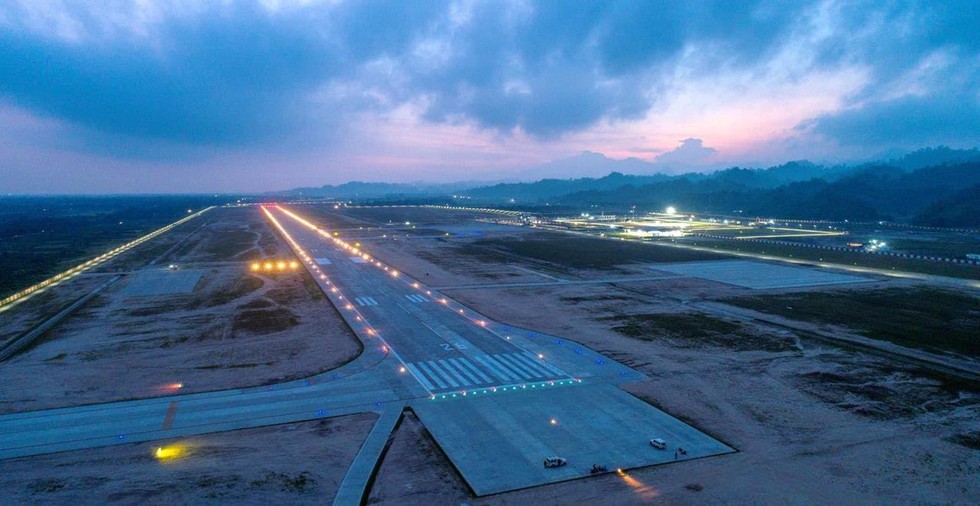
About:
- Development of a Greenfield airport is governed under the Greenfield Airports (GFA) Policy, 2008.
- As per the Policy, a State Government or an Airport Developer, willing to establish an airport is required to send a proposal to the Ministry of Civil Aviation (MoCA) for 2-stage approval i.e. 'Site-Clearance' followed by 'In-Principle' approval.
- Such proposals are considered by MoCA as per the procedure stipulated in the GFA Policy.
- The responsibility of implementation of airport projects including funding of the projects rests with the concerned airport developer including the respective State Government (in case the State Government is the project proponent).
- Government of India (GoI) has accorded 'In-Principle' approval for setting up of 21 Greenfield Airports namely,
- Mopa in Goa,
- Navi Mumbai, Shirdi and Sindhudurg in Maharashtra,
- Kalaburagi, Vijayapura, Hassan and Shivamogga in Karnataka,
- Dabra (Gwalior) in Madhya Pradesh,
- Kushinagar and Noida (Jewar) in Uttar Pradesh,
- Dholera and Hirasar in Gujarat,
- Karaikal in Puducherry,
- Dagadarthi, Bhogapuram and Oravakal (Kurnool) in Andhra Pradesh,
- Durgapur in West Bengal,
- Pakyong in Sikkim,
- Kannur in Kerala and
- Donyi Polo, Itanagar in Arunachal Pradesh.
- Out of these, 9 Greenfield airports Durgapur, Shirdi, Kannur, Pakyong, Kalaburagi, Orvakal (Kurnool), Sindhudurg, Kushinagar and Donyi Polo, Itanagar have been operationalized.
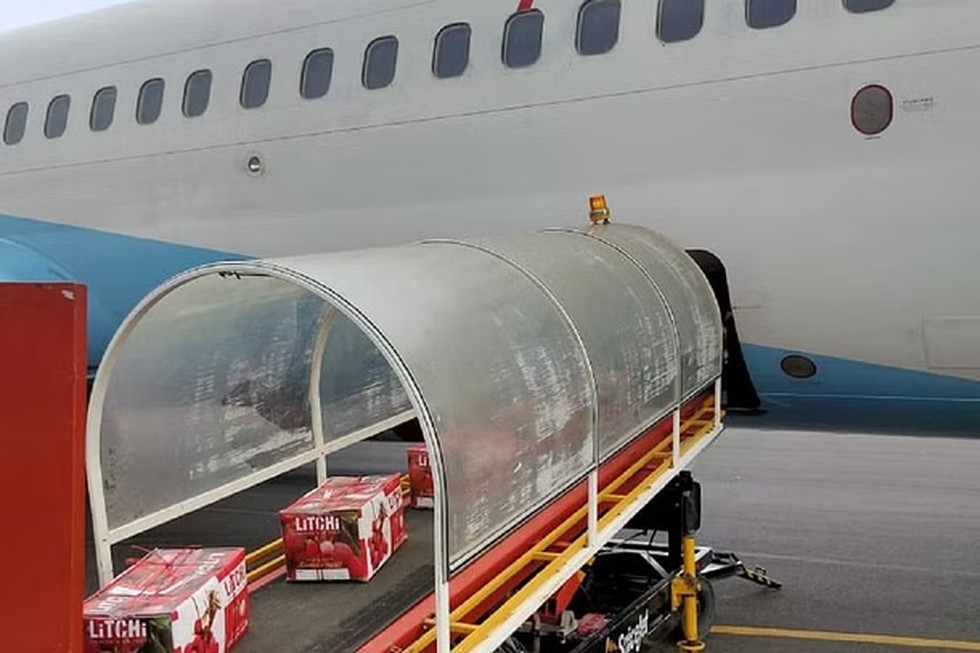
About:
- Krishi Udan Scheme 2.0 was announced on 27 October 2021.
What is the objective?
- The main objective of the Krishi Udan Scheme 2.0 is to increase share of air carriage in the modal mix for transportation of Agri-produce, which includes horticulture, fishery, livestock and processed products.
- The scheme assists farmers in transporting agriculture products so that it improves their value realisation.
- The Scheme aims to ensure seamless, cost-effective, time bound, air transportation and associated logistics for all Agri-produce originating especially from North-East, hilly and tribal regions of the country.
- Few successful examples are air transportation of 'King Chillies, Burmese Grapes & Assamese Lemon' from Gauwahati, 'Jackfruit' from Tripura and 'Litchi' from Darbhanga.
Waiver:
- For facilitating and incentivising movement of agri-produce by air transportation, Airports Authority of India (AAI) provides full waiver of Landing, Parking, Terminal Navigational Landing Charges (TNLC) and Route Navigation Facility Charges (RNFC) for Indian freighters and P2C (Passenger-to-Cargo) Aircraft.
- The Ministry of Civil Aviation has also asked States to reduce sales tax on aviation turbine fuel to one perc ent for airlines under the Krishi UDAN 2.0 scheme.
Budget:
- There is no specific budget allocation under Krishi Udan Scheme.
Ministries/Departments:
- It is a convergence scheme where eight Ministries/Departments namely Ministry of Civil Aviation, Department of Agriculture & Farmers' Welfare, Department of Animal Husbandry and Dairying, Department of Fisheries, Ministry of Food Processing Industries, Department of Commerce, Ministry of Tribal Affairs, Ministry of Development of North-Eastern Region would leverage their existing schemes to strengthen the logistics for transportation of Agri-produce.
E-Kushal:
- The Ministry of Civil Aviation (MoCA) is also developing an online platform named E-Kushal (Krishi Udaan for Sustainable Holistic Agri-Logistics).
- It will facilitate information dissemination to all stakeholders regarding the transportation of agricultural produce.
- E-Kushal will also assist in coordinating, monitoring and evaluating the Krishi UDAN 2.0 scheme.
- The MoCA has also proposed a convergence of E-Kushal with the National Agriculture Market (e-NAM) platform.
Krishi UDAN scheme:
- The Krishi UDAN scheme was launched in August 2020.
- It aims to assist farmers in transporting agricultural products on international and national routes so that it improves their value realisation.
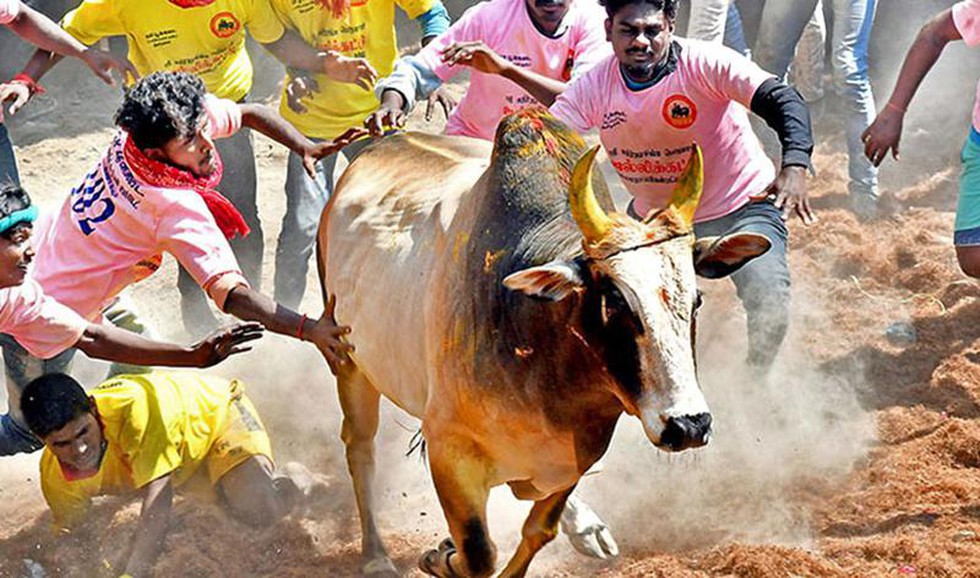
About:
- Jallikattu (or sallikkattu) is also known as eru thazhuvuthal and mañcuvirattu.
- The bull-taming sport is popular in Madurai, Tiruchirappalli, Theni, Pudukkottai and Dindigul districts — known as the Jallikattu belt.
- Jallikattu is celebrated in the second week of January, during the Tamil harvest festival, Pongal.
- A tradition over 2,000 years old, Jallikattu is a competitive sport as well as an event to honour bull owners who rear them for mating.
- It is a traditional sport in which contestants try to tame a bull for a prize; if they fail, the bull owner wins the prize.
- Jallikattu is considered a traditional way for the peasant community to preserve their pure-breed native bulls.
- Kangayam, Pulikulam, Umbalachery, Barugur and Malai Maadu are among the popular native cattle breeds used for Jallikattu.
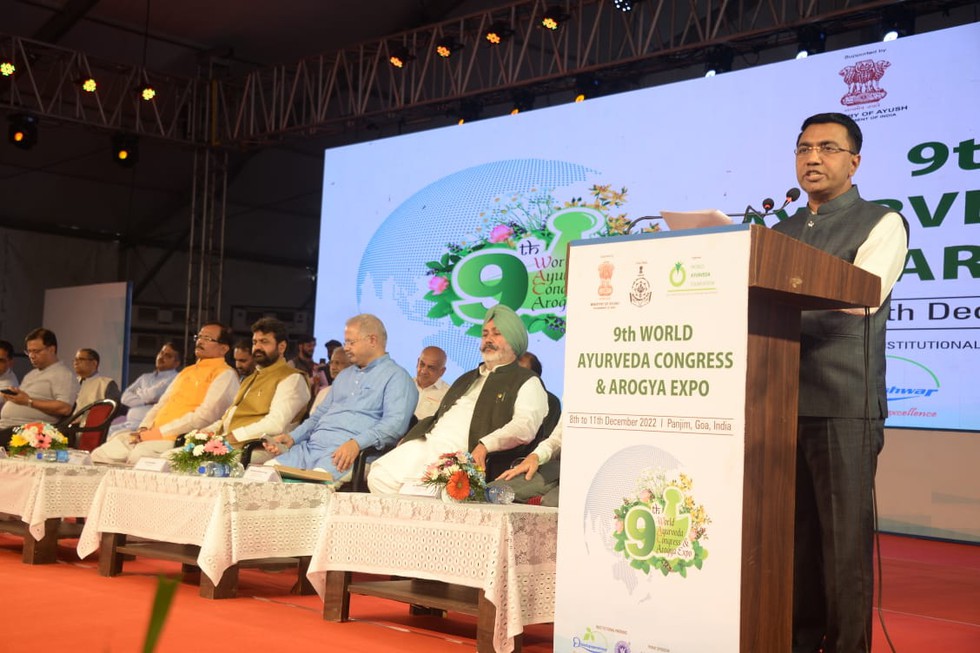
About:
- The 9th WAC aims to showcase the efficacy and strength of the AYUSH systems of medicine at the Global level.
- Objective: To provide a global platform for all the stakeholders, including industry leaders, practitioners, traditional healers, educationists, students, medicine manufacturers, growers of medicinal plants and marketing strategists, for networking and engaging in intellectual exchange to strengthen the Ayurveda sector, envision its future, and facilitate interaction between professionals and consumers to boost Ayurveda commerce.
AYUSH (Ayurveda, Yoga & Naturopathy, Unani, Siddha and Homoeopathy) sector:
- The market size of AYUSH (Ayurveda, Yoga & Naturopathy, Unani, Siddha and Homoeopathy) sector in the country has grown from USD 3 billion in 2014 to over USD 18 billion now, clocking a phenomenal growth of six times.
- During 2014-2020, the AYUSH industry grew 17 per cent year-on-year while the Ayurveda market is predicted to grow at 15 per cent CAGR from 2021-2026.
Ayush Grid:
- The Ayush Grid project was initiated by the Ministry in 2018 for creating a comprehensive IT backbone for the entire sector.
- Digitalization of the entire Ayush Sector will lead to its transformation in fields of health care delivery at all levels, including research, education, various health programmes and drug regulations.





























































































































































.png)
.png)
.png)
.png)
.png)


.png)
.png)
.png)





.png)
.png)






.png)
.png)
.png)
.png)
.png)
.png)
.png)
.png)
.png)

.png)







.png)
.png)


.png)
.png)
.png)


.png)

.png)
.png)





.jpg)

.png)
.png)


.png)

.png)
.png)
.png)

.jpg)

.jpg)


.png)

.png)
.png)
.png)
.png)
.png)
.png)
.png)
.png)
.png)
.png)




.png)

.png)





.png)
.png)
.png)
.png)
.png)
.png)
.png)
.png)
.png)
.png)
.jpg)
.jpg)

.png)
.png)
.png)
.png)
.png)
.png)
.png)
.png)
.png)
.png)
.png)
.png)
.png)
.png)
.png)
.png)
.png)
.png)
.png)
.png)
.png)
.png)



.png)
.png)

.jpg)
.jpg)


.jpg)
.jpg)
.jpg)
.jpg)
.jpg)

.jpg)








.jpg)
.jpg)
.jpg)
.jpg)
.jpg)

















.jpg)
.jpg)







.jpg)


















.jpg)
.jpg)



























































































.jpg)
.jpg)


























.jpg)

.jpg)










.jpg)








.jpg)




.jpg)










.jpg)


















.jpg)












































.jpg)














.jpg)
.jpg)
.jpg)





.jpg)

.jpg)
.jpg)





































































.jpg)


































.jpg)
.jpg)
















































.jpg)












.jpg)


.jpg)




.jpg)
.jpg)
.jpg)

.jpg)
.jpg)
.jpg)
.jpg)

.jpg)
.jpg)
.jpg)

.jpg)
.jpg)
.jpg)
.jpg)
.jpg)
.jpg)
.jpg)
.jpg)

.jpg)


.jpg)
.jpg)
.jpg)
.jpg)
.jpg)
.jpg)
.jpg)
.jpg)
.jpg)
.jpg)











.jpg)
.jpg)





.jpg)
.jpg)
.jpg)
























.jpg)
























.jpg)









.jpg)
.jpg)







.jpg)
.jpg)









































.jpg)
.jpg)
.jpg)
.jpg)
.jpg)

.jpg)
.jpg)
.jpg)
.jpg)
.jpg)


.jpg)
.jpg)
.jpg)
.jpg)
.jpg)

.jpg)
.jpg)
.jpg)
.jpg)
.jpg)
.jpg)
.jpg)
.jpg)
.jpg)
.jpg)
.png)

.png)
.png)

.png)
.png)
.png)
.png)


.jpg)
.jpg)

.jpg)
.jpg)
.jpg)

.png)
.png)
.png)
.png)
.png)
.png)
.png)

.png)
.png)
.png)
.png)
.png)
.png)
.png)
.png)
.png)
.png)





































































-min.png)



.png)




.png)








































